Evolution has created this system that works in harmony with the brain, and every part of you has a useful function. Or does it? Well in case you already guessed it, based on the title of this post, the answer is, Nah.
Believe it or not, you have multiple body parts on you right now that actually serve no function, but you still have them for some reason. So let’s find out exactly what those body parts are. Here are 10 Useless Body Parts You Have For No Reason.
Wisdom teeth
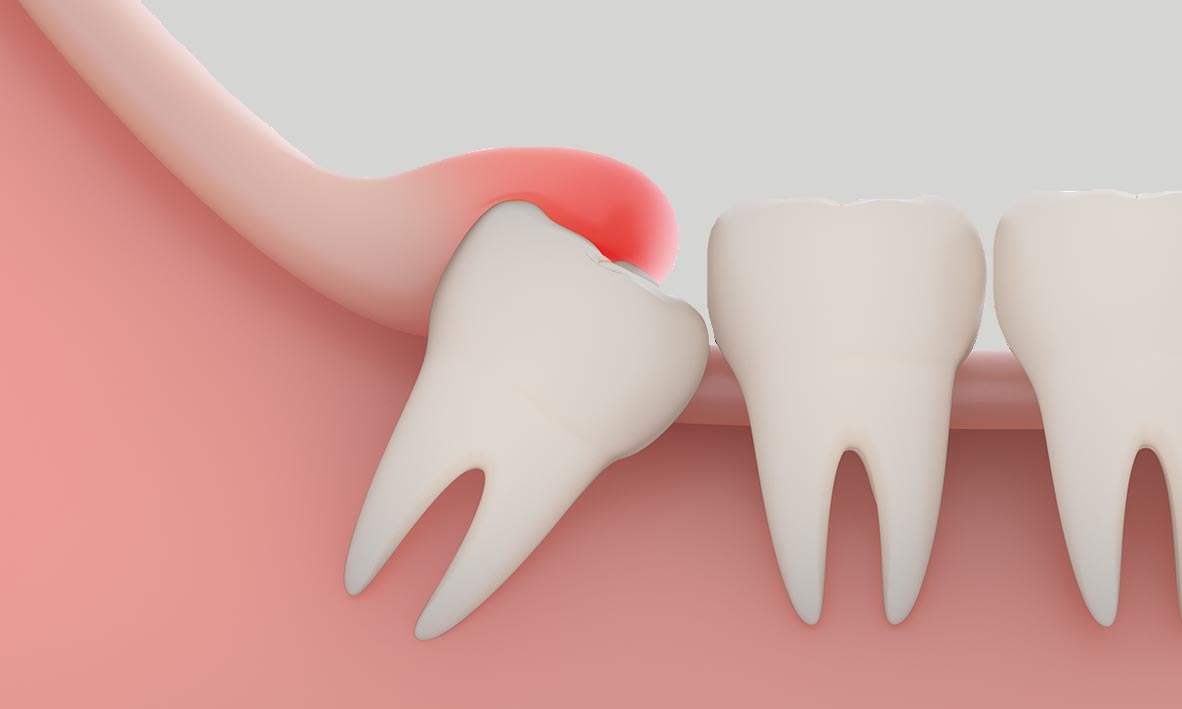
As you know, wisdom teeth are the rear-most teeth that usually arrive in peoples’ mouths between the ages of 17 and 25.
Everybody has them but most people just end up getting them pulled. So why do we even have them in the first place?
Most of the time, when they come in, they actually negatively affect the already-existing teeth because there’s simply no room for them. Not to mention the fact that they can become impacted, which is just a whole bundle of fun. They currently serve no benefit or use to us, other than for doctors who get to bill you for pulling them out.
It’s believed that wisdom teeth may have been important for our earlier human ancestors in order to break down certain vegetation when ingesting them.
However, today, they’re really just a reason for you to go full chipmunk while on pain meds.
Male Nipples

The nipples’ main use for a woman is obvious. It’s to feed newborn babies as other mammals do. But on a man, they literally serve no purpose. They’re just kind of chilling there, taking up space on your body.
Now although they have no functional reason for being there, genetically, for roughly six weeks between conception and until sexual differentiation, every human fetus looks identical.
Scientists have determined that the female template is the default for all humans. So we all begin forming with nipples, and since having them does not change our ability to further evolve or reproduce, there’s no need for natural evolution to remove them.
Coccyx

The coccyx, also known as the tailbone, is the last set of vertebrae in the spine. Other than absorbing the impact of you falling flat on your butt, it serves no purpose for being there in your body.
The most likely reason that we all have these is because our ancient ancestors may have had, believe it or not, some form of tail.
It’s useful for balancing when walking on four legs. However, as we evolved and started to walk on two legs, the tailbone basically became useless.
Now, you can get it surgically removed, but it’s unnecessary as it’s not hurting you in any way, it just kind of exists. That is, unless, of course, you have a longer one than normal, in which case you may want to have removed.
Sinuses

This one might just surprise you, because you probably thought your sinuses were actually useful to you in some way. But the truth is, nobody can actually explain why we still have them.
Research suggests that for survival an earlier generation of humans may have had a heightened sense of smell due to having nasal sinuses lined with odor receptors.
But today, these large cavities in our heads just fill with mucous and causes headaches. Now some scientists have hypothesized that sinuses may exist to moisten the air that we breathe, or perhaps even enhance our voices. But no solid evidence has ever been collected regarding this.
Gallbladder

The gallbladder causes a whole lot of issues for a whole lot of people, and there’s simple no reason for it existing.
A small pouch that’s just under the liver, the gallbladder is basically a warehouse of bile that’s been secreted by the liver, squeezing it out into the small intestine when it’s needed.
Though the bile does have a benefit, helping to break down fat for digestion, the gallbladder isn’t essential at all.
In fact, it does a lot more harm than good. It’s prone to conditions like gallbladder cancer, cholecystitis, which is inflammation of the gallbladder, and gallstones, which are very painful and can lead to pancreatitis.
Tonsils
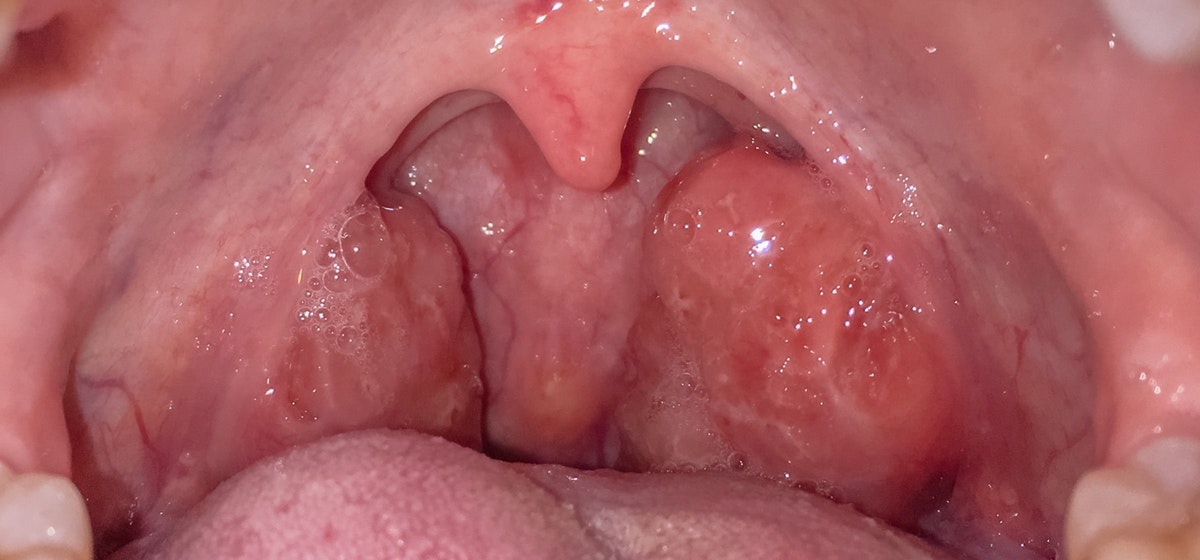
Part of the lymphatic system, which is an essential part of the immune system, tonsils are a pair of small lymph nodes in the throat.
There’s one on each side in the back of the tongue, and they’re actually one of the first lines of defense against respiratory infections. However, their existence is technically redundant. There are literally hundreds of lymph nodes in your body, so when your tonsils become infected or inflamed, as they often do, it comes as no surprise when the doctor says, “We gotsta just cut ’em out!” It’s a procedure that will literally make no difference to your wellbeing.
Extrinsic ear muscles
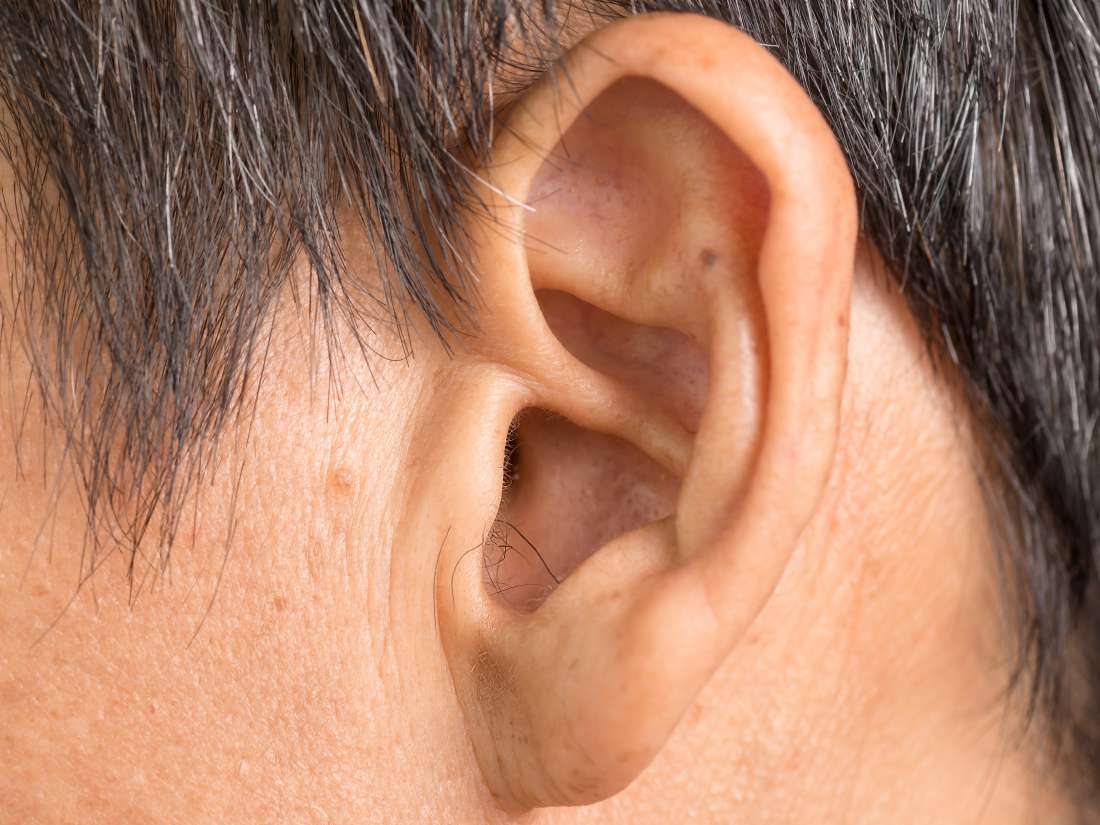
The extrinsic ear muscles are three muscles, the superior, the posterior and the anterior, that surround the outer ear. On animals like rabbits and dogs, these muscles make sense because they’re used to move the ears independently of their heads. But for us, not so much.
Scientists believe that ancient humans may have used them for some other ability. But for us, no. If you’ve ever seen someone wiggle their ears, this is due to those muscles existing.
But in truth, they serve no secondary purpose, and quite frankly, beyond entertainment, they serve none at all.
Appendix
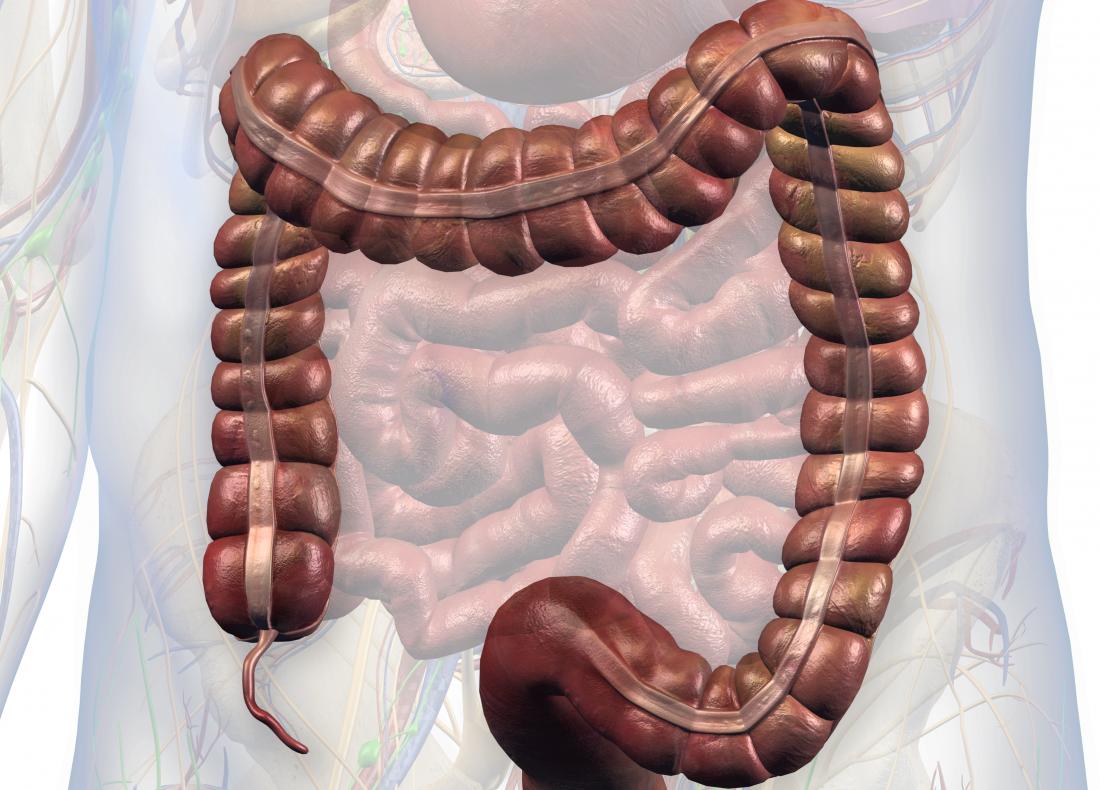
The appendix is a five- to 10-centimeter long worm-like protrusion that is attached to the large intestine almost exactly where the large and small intestines meet.
But what’s unique about this particular body part is that unlike the other body parts in this list, where scientists kind of have an idea where it came from, when it comes to the appendix, they literally have no clue.
Their best guess is that it used to have some function, but that function was probably lost through evolution.
Basically, its only purpose now is to become a ticking time bomb, where one day, it could become inflamed which causes appendicitis and if you don’t get it taken out you die.
Arrector pili
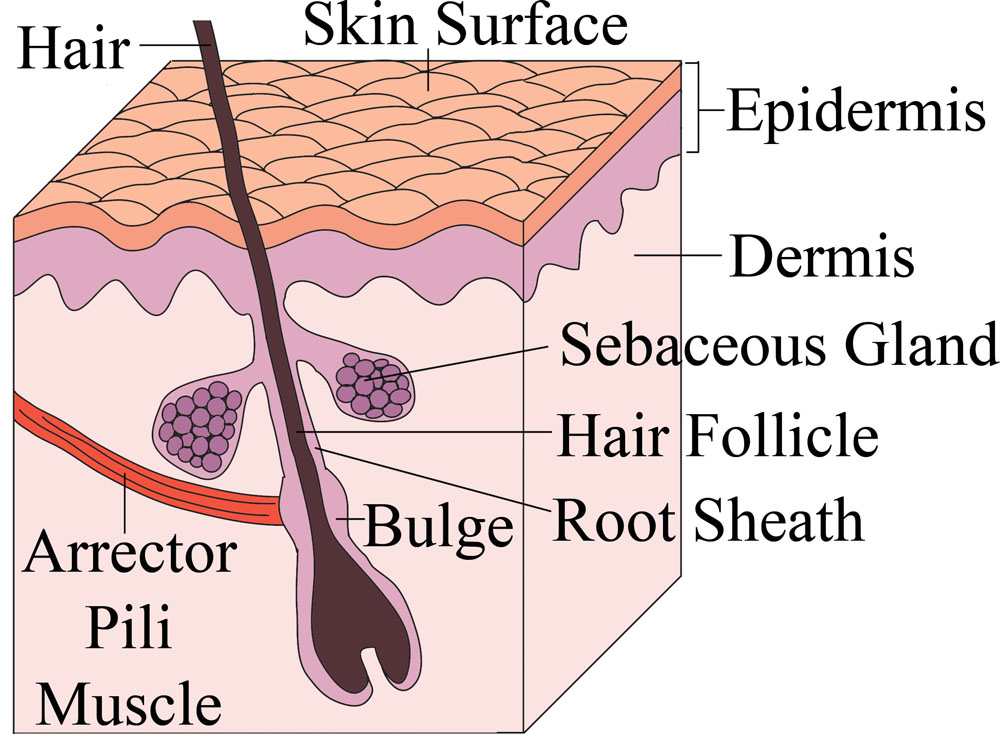
When an animal puffs out their hair or fur, most often it’s to insulate their bodies for warmth or to scare off other creatures.
The arrector pili are a bunch of smooth muscle fibers attached to the hair follicles that allow them to do this. So, it makes sense for animals. But for humans? Well, if you’re hairy enough to do what a cat or dog does, then that’s a whole ‘nother set of issues. Human beings have these muscles, and our bodies are able to contract them in order to make our hair stand on end. Or, in other words, goosebumps.
However, since we clearly don’t have enough hair on our bodies to form decent insulation, the arrector pili that we do have are basically useless. Unless you’re this guy.
Body hair

From an evolutionary standpoint, our ancestors had more hair than us in order to protect them from the elements and to stay warm. Additionally, scientists hypothesize that it may have helped protect from infections received from tactile contact. Today, however, it merely serves for cosmetic use.



